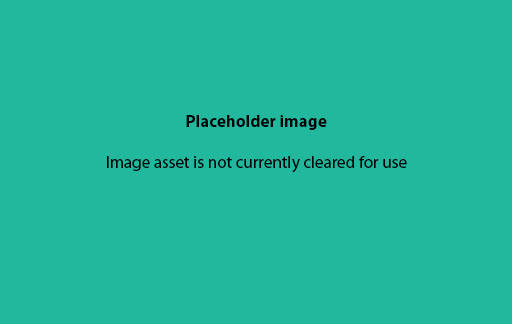Week 1: Plastic Pollution
Introduction
The first synthetic polymer, Bakelite, was invented in 1907 by Leo Baekeland. It marked the beginning of the modern plastics industry.

Plastics quickly gained popularity because they were lightweight, durable, and inexpensive alternatives to materials like metal, glass, and ivory.


Plastic production surged during and after World War II, as materials like nylon were used in parachutes, ropes, and other military applications. By the 1950s, mass production of consumer goods using plastics (e.g., Tupperware, packaging) became widespread.
Plastic production skyrocketed from 2 million tons in 1950 to over 390 million tons annually by 2021. Plastics became indispensable in packaging, construction, healthcare, electronics, and countless other industries.

The most common types of plastics:
Plastics are classified into several types based on their chemical composition and properties. Each type is suited for specific applications, from packaging to construction, and is identified by a unique recycling code.
Activity 1
Investigate your recycling bin and try to find out what kinds of plastics you have in your home.
The table below shows you the most common types of plastics, their uses, and their associated codes
| Plastic Type | Recycling Code | Common Uses |
| Polyethylene Terephthalate (PET or PETE) | 1 | Beverage bottles, food jars (e.g., salad dressing, peanut butter), polyester clothing. |
| High-Density Polyethylene (HDPE) | 2 | Milk jugs, detergent bottles, juice bottles, grocery bags, some toys. |
| Polyvinyl Chloride (PVC) | 3 | Pipes, clear food packaging, shrink wrap, vinyl flooring, window frames. |
| Low-Density Polyethylene (LDPE) | 4 | Bread bags, frozen food bags, squeezable bottles, plastic wraps. |
| Polypropylene (PP) | 5 | Yogurt containers, straws, bottle caps, chip bags, microwaveable dishes. |
| Polystyrene (PS) | 6 | Disposable coffee cups, plastic food boxes, plastic cutlery, packing foam. |
| Other (e.g., Polycarbonate, ABS) | 7 | Baby bottles, CDs, sunglasses, computer cases, nylon. |
This introduction doesn’t align with the standard OU OpenLearn format. Typically, the introduction should include one image and a brief overview of what the week will cover. I recommend removing the exercise and reworking the majority of the content into a Section 1 piece.
We can embed a timeline if this is needed or focus on the examples for illustration about what the learner will study this week.
The detailed content about plastic types, recycling codes, and common uses can then be moved to Section 1, where it can be expanded into a more structured and informative piece. This will help maintain the flow and clarity of the material while adhering to OpenLearn guidelines.